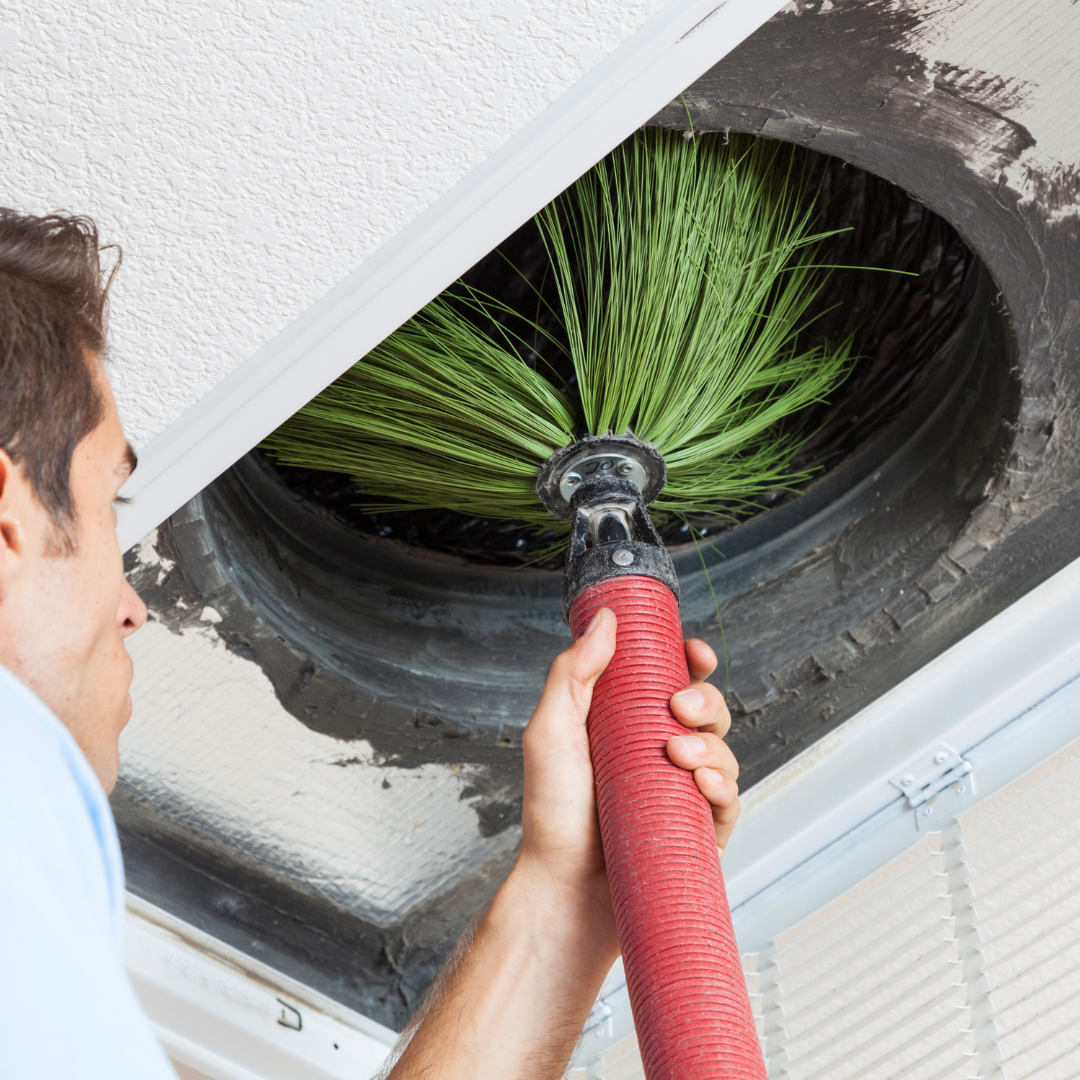- 23-Jan-2024
Does Air Duct Cleaning Help with Dust
11

Does Air Duct Cleaning Help with Dust
Air ducts circulate air in a particular building, cooled or heated depending on the climate. If left for a while, the ducts are likely to be occupied by dust, dirt, mold, and other contaminants. This may result in some homeowners posing the question on air duct cleaning,
“Does removing dust from air duct improve indoor air quality?”
Let’s take a closer look.
Where Do Air Ducts Get the Dust and the Dirt from?

There are a few reasons why dust and dirt tend to accumulate inside air ducts:
– Air filters do not remove all types of particles – bacteria, viruses, or mist containing small particles can slip through filters onto the ducts and stay there for months, even years.
– Ductwork has a lot of crevices – Most of the common housings today have a network of ducts that contain several curves, joints and corners. These areas are accessible to dust.
– Constancy – Airflows do not dissipate as dampers close, as in open area systems.
– External and internal pollution – External air contains some pollution. For instance, cooking also emits particles into the air, most of which circulate through the ducts.
What Other Problems Can Dust in Air Ducts Raise?
Too much-accumulated duct dust leads to a few problems:
Reduced Airflow Efficiency
Over time the dust accumulates thus narrowing air passage through the ducts. It leads to your system using more energy to drive exactly the same volume of air around the house.
Poorer Indoor Air Quality
Duct dust is airborne dust that circulates in living spaces by being blown through ducts, reducing the quality of air. Excessive accumulation of dust may aggravate the symptoms of allergic or asthmatic reactions.
Higher Risk of Duct Fires
High layer density ensures occasional duct fires because the substances accumulated are combustible. While these are rare occurrences, they are relatively easy to spread through a building’s duct networks.
Is Air Duct Cleaning Effective in Releasing Indoor Air Quality and Controlling Dust?

In response to the question, ‘Can professional cleaning really cut duct dust significantly?’ The answer is yes. Just how much it aids the interior dust depends on how much dust there is to begin with.
Here are some more details:
Up to 98% Less Duct Dust
Research by EPA, NADCA, and research teams has also confirmed that professional duct cleaning can remove 96% and 98% of dust particles within duct systems. This substantially reduces the quantities chuffed into habitation zones.
Reduced number of floating particles and allergens
Duct dust dramatically reduces the number of indoor particles that professional cleaning can eliminate. This includes stimuli such as pet dander, textile fibers emanating from the carpet floor, pollen, and dust mite particles. Therefore, air duct cleaning reduces the chances of allergy and/or asthma by reducing these triggers.
Significant enhancement observed in the standard of air quality.
Owners of homes with serious pre-existing duct dust issues note marked changes to the quality of the indoor air once the duct system has been cleaned. There is clean air, which feels better when you breathe in; the interiors are less dusty, and breathing is more straightforward.
Of course, duct cleaning can give more modest gains in houses that, prior to the duct-cleaning process, have a relatively low level of dustiness. However, professional cleaning services eliminate the ductwork of accumulation that causes such problems.
To summarize the major points on duct cleaning for household dust:
– Air ducts are believed to absorb dust at relatively high levels within a few months or years of use.
– The overload of the duct dust hinders the operation of the system, degrades the quality of the air inside the building and escalates fire danger.
– Professional duct cleaning is the process of getting rid of dusty materials at a rate of 96-98%.
– The sequence for cleaning reduced particle concentrations in the indoor air and those resulting from the duct dust allergens when thorough cleaning is done.
– Even for heavily dusty ducts, cleaning increases the airborne clean room particles, which are suitable for household air quality.
– Therefore, homes with moderate dust levels also reported significant improvement in duct contaminants after hiring cleaning services.
Thus, having the ducts cleaned every 3 – 5 years makes breathing easier and reduces dust and allergens. Before dust problems can become severe, it is necessary to keep ducts from the buildup of too much dust.
LATEST POSTS
-
-
 Is an Airbnb Cleaning Service Worth It?
Is an Airbnb Cleaning Service Worth It?- 10-May-2024
-

-

-
 Eco-friendly Cleaning for a Healthier 2024
Eco-friendly Cleaning for a Healthier 2024- 25-May-2024
-
 Vacation Rental Cleaning Checklist
Vacation Rental Cleaning Checklist- 29-May-2024
